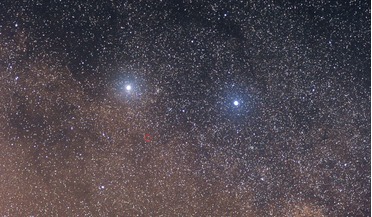 15 February 2021
Possible planet found in habitable zone around Alpha Centauri
15 February 2021
Possible planet found in habitable zone around Alpha Centauri
...A & B, and a smaller red dwarf star called Proxima Centauri. Proxima Centauri is already famous for harbouring a a rocky planet – Proxima... just 11 days. Despite the close proximity of the Alpha Centauri system, it took many years to find Proxima b, so...
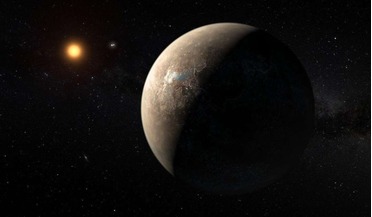 17 April 2019
Proxima Centauri may host a second exoplanet, but its first might not be there
17 April 2019
Proxima Centauri may host a second exoplanet, but its first might not be there
... every 11 days around the nearest star to us; Proxima Centauri. Now a different team of researchers have found another, ...-234 degrees Celsius, because of the relative coolness of Proxima Centauri. Hopes of finding a true Earth-like water-world would ...
 12 October 2016
Proxima Centauri reveals yet more intrigue as a cycle of dramatic sunspots is observed
12 October 2016
Proxima Centauri reveals yet more intrigue as a cycle of dramatic sunspots is observed
...has a regular cycle of sunspots. At first glance, Proxima Centauri seems nothing like our Sun as it is only one-tenth ...Smithsonian Center for Astrophysics (CfA) have discovered that Proxima Centauri also undergoes a similar cycle except it only lasts ...
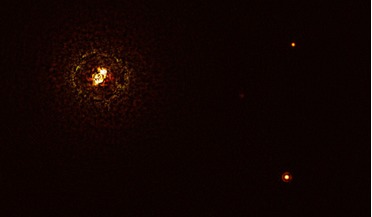 10 December 2021
Extreme exoplanet changes the picture about massive stars as planet hosts
10 December 2021
Extreme exoplanet changes the picture about massive stars as planet hosts
...it exceedingly difficult to form a large planet, but that is what Janson and colleagues have found. Named b Centauri (AB)b or b Centauri b, this extreme exoplanet is 10 times as massive as Jupiter, making it one of the most massive planets ever found...
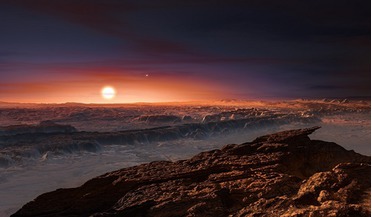 25 August 2016
Earth-sized planet found around our nearest neighbouring star
25 August 2016
Earth-sized planet found around our nearest neighbouring star
... Centaurus. Its light is masked by its brighter companions, Alpha Centauri A and B, however the tell-tale sign of a tiny wobble... host star than Mercury is to our Sun, however as Proxima Centauri is cooler than the Sun, Proxima b is within the star’s...
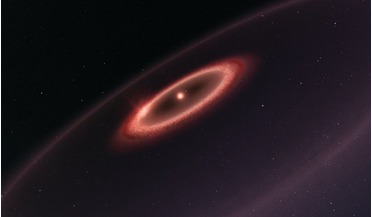 03 November 2017
Dust belt hints at more planets around our nearest star
03 November 2017
Dust belt hints at more planets around our nearest star
... Pedro Amado, also from the Instituto de Astrofísica de Andalucía. A knowledge of the dust environment around Proxima Centauri is essential for another reason too. Hoping to launch in the next couple of decades is Starshot - a project which will...